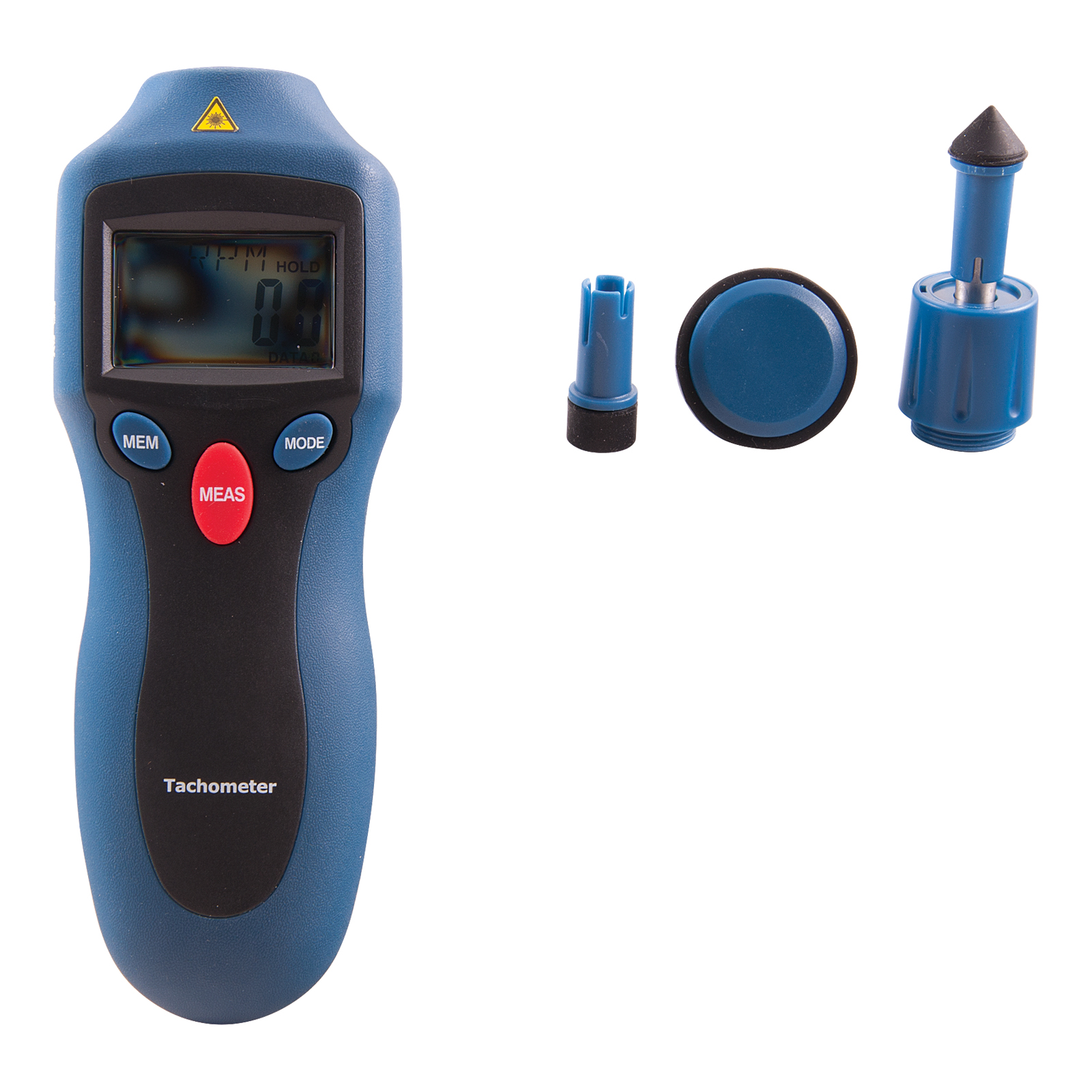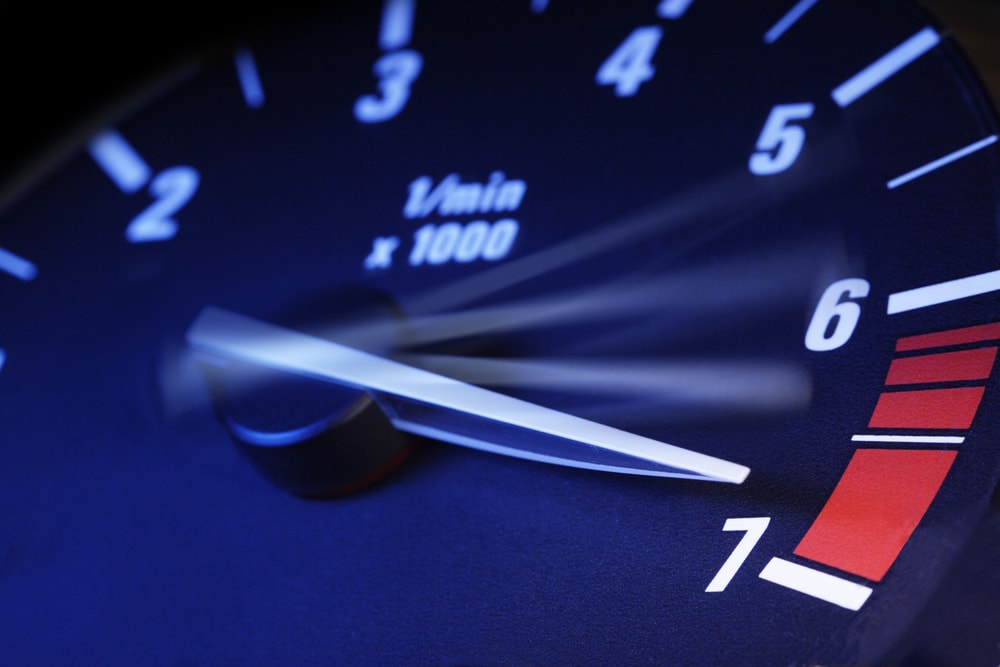Exactly How a Tachometer Assists Monitor Engine Health and Performance
Exactly How a Tachometer Assists Monitor Engine Health and Performance
Blog Article
Opening the Tricks of Tachometers: Whatever You Required to Learn About This Crucial Instrument in Your Car
Understanding the intricacies of tachometers can provide beneficial understandings into your vehicle's efficiency and upkeep demands. From gauging engine rate to understanding the data it presents, tachometers work as a vital tool for vehicle proprietors and lovers alike. By unraveling the enigmas behind this necessary instrument, you can unlock a wealth of details that can improve your driving experience and ensure the long life of your car.
Importance of Tachometers
The value of tachometers depends on their capacity to supply essential real-time information regarding an engine's rotational speed, enabling accurate surveillance and maintenance of equipment. By determining the changes per minute (RPM) of an engine's crankshaft, tachometers offer useful insights into the engine's efficiency - tachometer. This data is vital for ensuring that the engine runs within its optimum variety, staying clear of potential damages from over-revving or underperforming
Tachometers play a vital function in aiding operators and professionals spot any kind of anomalies in the engine's rate, which could suggest concerns such as fuel ineffectiveness, mechanical troubles, or excessive stress on the engine. By without delay identifying these problems via tachometer readings, maintenance can be executed proactively, avoiding pricey repairs and downtime in the future.
In addition, tachometers are particularly essential in high-performance automobiles and equipment, where specific control over engine speed is required for ideal operation. Racing autos, airplane, and industrial devices rely upon tachometers to provide peak efficiency while keeping safety standards. Fundamentally, tachometers are not just tools for measuring speed but important tools for making sure the smooth and effective procedure of engines throughout different applications.
Exactly How Tachometers Procedure Engine Rate
Using sensors that spot the regularity of electric pulses generated by the engine's ignition system, tachometers properly determine the rotational speed of an engine. By monitoring the price at which these pulses are obtained, tachometers offer real-time feedback on just how fast the engine's crankshaft is turning per minute, typically described as revolutions per min (RPM)
The tachometer's sensor, often attached to the engine's ignition coil or ignition system cords, gets the electric signals created each time a cylinder fires. These signals are then transformed into RPM readings presented on the gauge or tool cluster within the motorist's view. Tachometers can be analog or digital, with modern-day cars generally featuring digital display screens for precise and immediate RPM readings.
This info is crucial for chauffeurs to recognize the engine's performance, stop over-revving, maximize gear moving, and make certain efficient gas intake. By accurately determining engine rate, tachometers play a vital function in aiding drivers operate their automobiles safely and effectively.
Translating Tachometer Analyses
Having a clear understanding of how tachometers gauge engine rate sets the foundation for efficiently analyzing the RPM analyses displayed. Interpreting tachometer readings is important for optimum lorry performance and engine health. RPM (Revolutions Per Minute) readings on the tachometer suggest the rate at which the engine's crankshaft is revolving. When the engine is idling, the tachometer needle commonly relaxes great post to read around 600-1000 RPM, depending on the vehicle. As you accelerate, the RPM will enhance, showing the engine's higher rotational speed. When shifting equipments in a hand-operated transmission lorry, the RPM will certainly go down as you involve the clutch and adjustment equipments, after that increase once again as you speed up in the new gear. Keeping track of the tachometer can help you identify the most efficient changing factors to optimize gas economic climate and engine power. Furthermore, irregular changes or regularly high RPM readings could show possible issues with the engine that might call for expert interest. By paying attention to the tachometer readings and recognizing exactly how to translate them, you can ensure your lorry runs smoothly and efficiently.


Tips for Utilizing Tachometers Properly
To boost driving efficiency and maximize engine efficiency, what trick approaches can be executed for effectively utilizing tachometers? Tachometers are vital tools that offer real-time feedback on engine rate, making it possible for chauffeurs to make educated choices for much better performance - tachometer. Right here are some tips for utilizing tachometers successfully:
Understanding Ideal RPM Array: Familiarize yourself with the ideal RPM (Changes Per Minute) variety for your lorry. This range ranges various automobiles and is generally indicated in the owner's guidebook. Maintaining the engine within this range can enhance fuel performance and prolong the engine's lifespan.
Changing Equipments at the Right Time: you can try here Make use of the tachometer to establish the ideal time to change equipments. Aim to shift gears when the RPM gets to the optimum array for the following equipment.
Checking Engine Stress And Anxiety: High RPMs for long term durations can stress the engine. Keep an eye on the tachometer to avoid over-revving, particularly during velocity or when carrying heavy loads.
Tachometers and Vehicle Upkeep
When taking into consideration lorry upkeep, tachometers play a vital function in keeping track of engine performance and detecting possible problems. Tachometers offer important information on engine rate, permitting motorists and mechanics to ensure that the engine is running within the suggested RPM range. Routinely monitoring the tachometer analyses can help recognize issues such as engine misfires, worn-out trigger plugs, or problems with the fuel shipment system. By focusing on the tachometer, chauffeurs can prevent too much strain on the engine, which can bring about expensive repairs down the line.
In addition to finding potential problems, tachometers can additionally aid in enhancing gas efficiency. By maintaining the engine rate within the optimal variety, vehicle drivers can improve their gas mileage and decrease gas intake. This not only benefits the motorist's pocketbook but likewise adds to ecological preservation by decreasing harmful discharges.
Verdict

Report this page